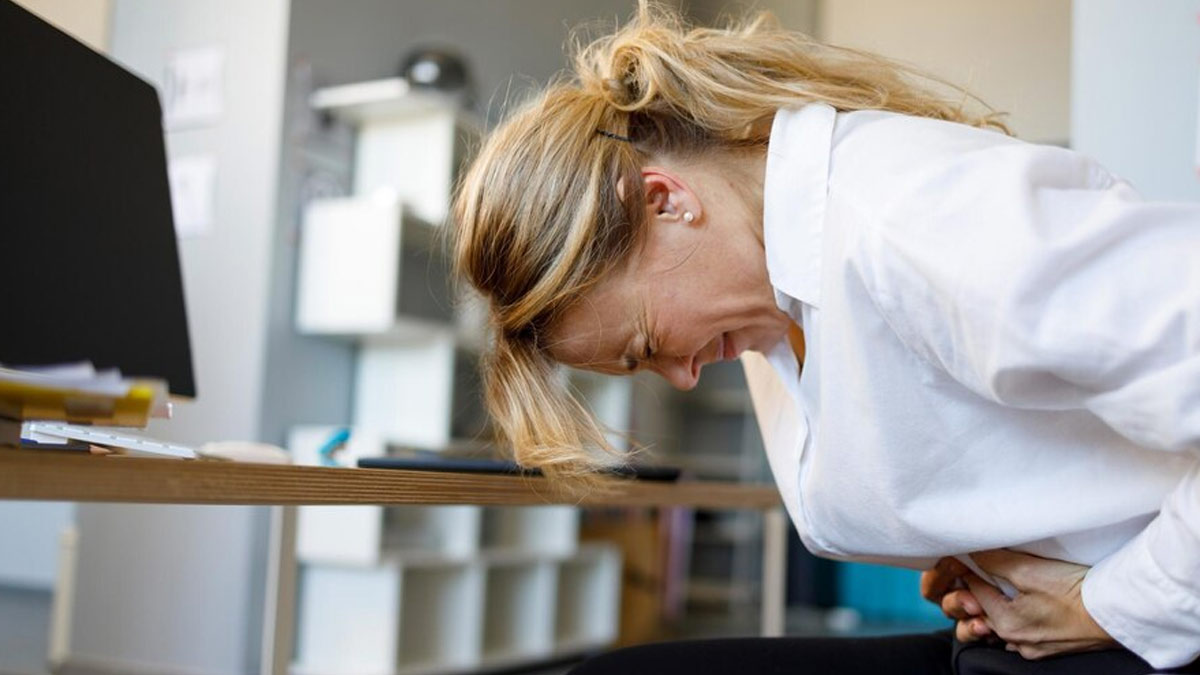
India's Supreme Court has declined to rule on the question of menstrual leave for female employees in the workplace. The Supreme Court bench, led by Chief Justice DY Chandrachud, acknowledged the potential benefits of such a policy in encouraging greater female participation in the workforce. However, the court also expressed concern that a mandated menstrual leave policy could discourage employers from hiring women.
Table of Content:-
Why The Supreme Court ruled Against Menstrual Leave?
The court emphasised that establishing a menstrual leave policy is a decision best left to the central and state governments. This is not the first time the court has taken this stance. In February, a similar petition seeking menstrual leave for both students and working women was dismissed on the grounds that it fell within the government's policy domain.
The petition highlighted that currently, only two states in India, Bihar and Kerala, offer menstrual leave for women. Bihar introduced a two-day paid menstrual leave policy in 1992, while Kerala recently announced a three-day leave program for female students.

Court's Reasoning for Deferring Decision
The Chief Justice-led bench expressed concern that a mandated menstrual leave policy could have unintended consequences for women's employment opportunities. The court suggested that forcing employers to provide paid menstrual leave might negatively impact their businesses and potentially disincentivise them from hiring women.
The court advised the petitioner to submit a formal representation to the Ministry of Women and Child Development, urging them to consider the implementation of a menstrual leave policy. This approach suggests that the court believes the issue requires further discussion and policy development at the government level.
Extreme Health Issues During Periods
This begs the question what do some women exactly go through when on their periods? For many women, periods are a monthly annoyance – cramps, bloating, fatigue. But for some, they can be a source of significant health concerns.
Painful Cramps (Dysmenorrhea)
Painful cramps, medically known as dysmenorrhea, are a common complaint during periods. According to a 2024 study published in the Journal of Endometriosis and Uterine Disorders, up to 90% of adolescent females and around half of menstruating women experience this condition, with 10-20% reporting severe or distressing pain.
Heavy Bleeding (Menorrhagia)
Heavy menstrual bleeding, menorrhagia in medical terms, can cause fatigue and anaemia. It's important to track your bleeding patterns and discuss them with your doctor, especially if you're soaking through pads or tampons frequently.
Also Read: Experts Share How Teenagers Can Deal With Menstrual Cramps And Period Pain

Irregular Periods
Cycles that vary significantly in length or periods that are missed altogether can be caused by stress, hormonal imbalances, or medical conditions.
Premenstrual Syndrome (PMS)
This refers to a group of physical and emotional symptoms that occur in the days leading up to menstruation, such as bloating, headaches, mood swings, breast tenderness, and irritability. PMS symptoms like mood swings, headaches, and breast tenderness are well-known.
Severe PMS (PMDD)
Some women experience a more severe form of PMS called Premenstrual Dysphoric Disorder (PMDD) with debilitating emotional and physical symptoms that can significantly impact daily life.
Other Health Issues
The hormonal fluctuations can affect other health conditions. Women with asthma may experience worsened symptoms around their periods, and migraines can also be triggered by hormonal changes.
Also Read: Noticing Blood Clots In Your Periods? Expert Shares What It Signifies
India's Supreme Court's decision on menstrual leave leaves the issue in the hands of the government. While some women experience manageable periods, others face debilitating health issues like endometriosis, dysmenorrhea, and PMDD. These conditions can significantly impact a woman's ability to work effectively and comfortably. Menstrual leave policies could provide much-needed support for women's health and well-being, potentially leading to a more empowered and productive female workforce.
How we keep this article up to date:
We work with experts and keep a close eye on the latest in health and wellness. Whenever there is a new research or helpful information, we update our articles with accurate and useful advice.
Current Version